NOMAD Project Secures International Design Acclaim for PXD LAB
Recent industrial design graduate awarded Red Dot “Best of the Best”
by Stephen Schad • June 16, 2025
above: The NOMAD Device and mobile app by Varshini couthri
What began as a classroom exploration in advanced UX design has quickly evolved into an internationally recognized achievement for the University of Houston Gerald D. Hines College of Architecture and Design. Last week, Red Dot announced that NOMAD, a groundbreaking AI-powered, screen-free hiking system by recent industrial design graduate Varshini Chouthri, has been awarded the prestigious recognition of Red Dot’s “Best of the Best,” placing it among the top design innovations worldwide.
The Red Dot honor is the latest in a growing list of accolades for NOMAD, which recently earned distinction from the FIT Sport Design Awards and was selected as a finalist for the IDEA Awards, demonstrating its strength across multiple internationally juried design competitions.
“I wanted to design something supporting those kinds of experiences by helping hikers feel more grounded and confident while staying present in nature. It was a way to give back to the moments that made me fall in love with the outdoors in the first place.”
Developed through the Hines College’s PXD LAB, directed by Assistant Professor of Industrial Design Min Kang, NOMAD reimagines outdoor exploration by removing the dependence on screens while enhancing safety, engagement, and accessibility. The system utilizes adaptive artificial intelligence, contextual sensing, and a circular learning model, enabling hikers to receive real-time guidance and information directly through an immersive, natural interface. As users interact with NOMAD, their shared experiences contribute to a continuously evolving knowledge base supporting both individual users and the broader hiking community.
“NOMAD was truly a passion project, inspired by years of hiking growing up, where the outdoors became a place of peace, challenge, and reflection,” shared Chouthri. “I wanted to design something supporting those kinds of experiences by helping hikers feel more grounded and confident while staying present in nature. It was a way to give back to the moments that made me fall in love with the outdoors in the first place.”
NOMAD’s journey reflects the collaborative and layered approach to design education at the Hines College. Foundational courses in industrial design and UX design provide students with critical design thinking and technical skills. From there, research environments like PXD LAB offer a platform to expand those concepts into comprehensive system-level designs addressing real-world challenges. This integrated model empowers students to move beyond traditional product design, combining emerging technology with human-centered systems thinking to develop innovative solutions ready for global impact.




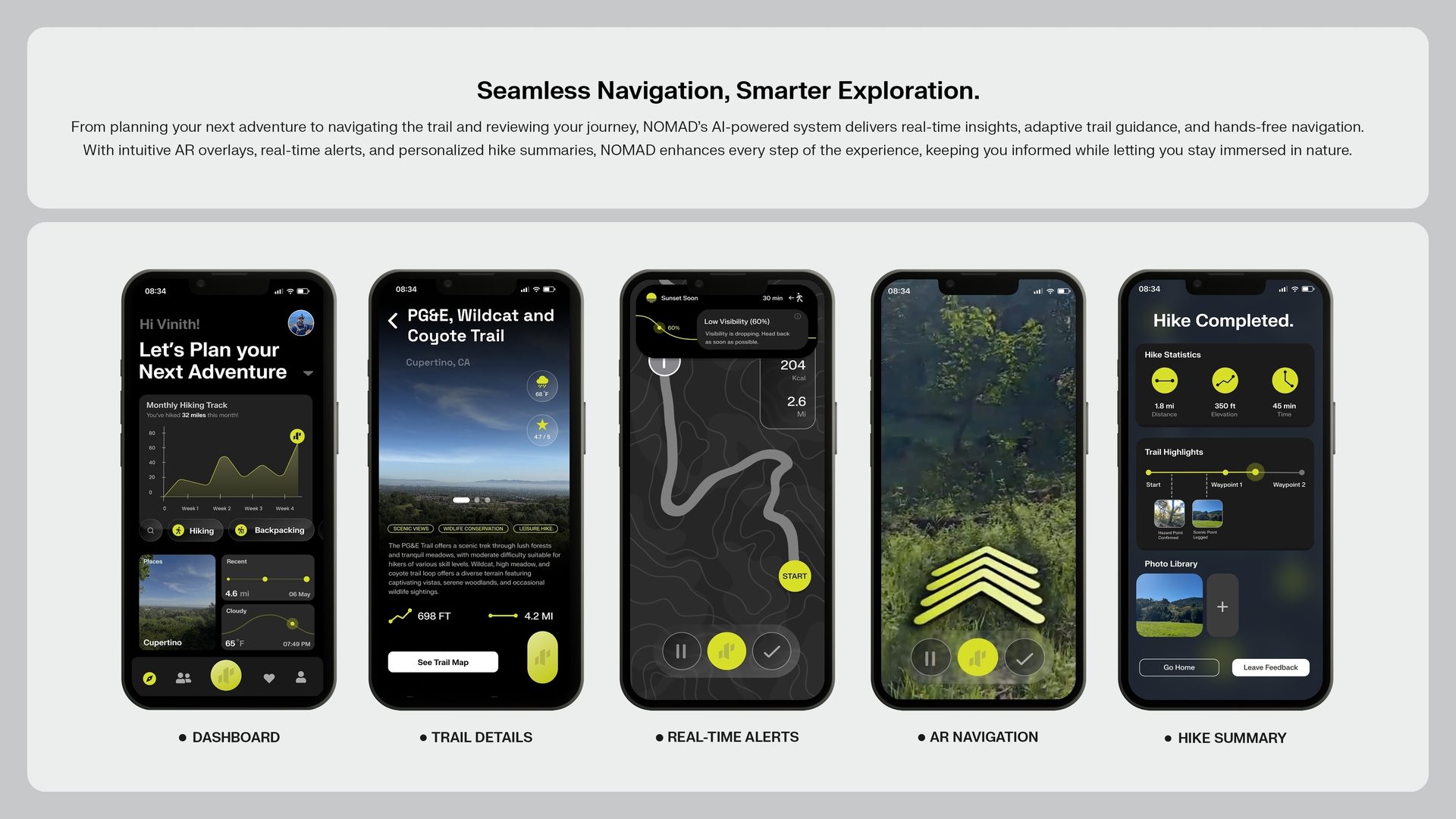
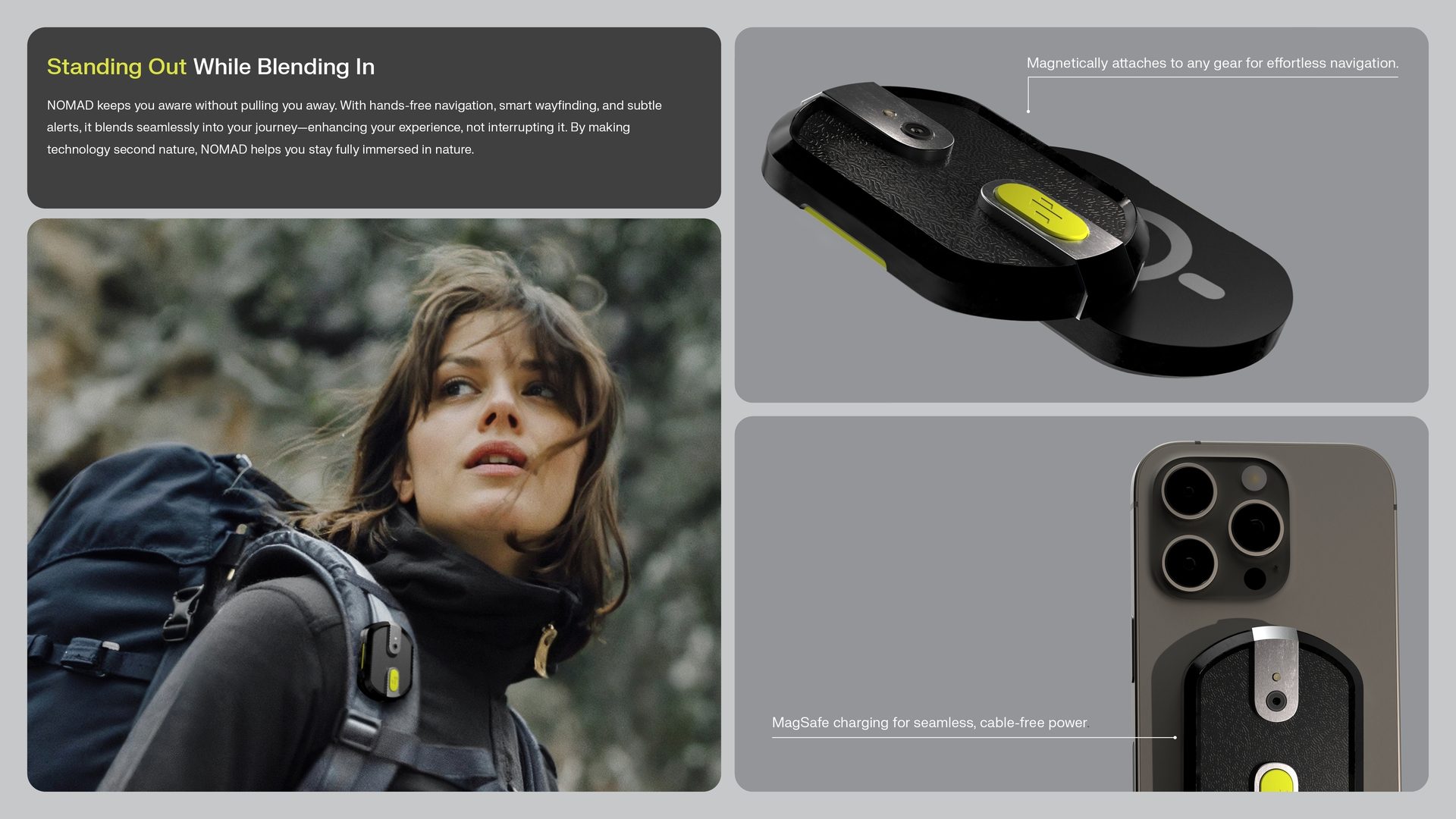
above: Images from the Nomad Projecct by Varshini Chouthri
“Varshini’s work on NOMAD exemplifies the future-focused, systems-driven thinking we promote in the Advanced UX Design curriculum,” said Kang. “NOMAD goes beyond being just a product; it reimagines how technology can enhance outdoor exploration without disrupting the experience.”
The continued growth of PXD LAB’s research portfolio builds on this momentum. Projects like NOMAD and others, including the recently recognized Bean to Green project, exemplify the Lab’s mission to explore how technology, systems, and user experience intersect to create meaningful and sustainable design interventions.
As NOMAD advances to compete for the Red Dot Luminary award, it stands as a testament to the College’s evolving global presence and its commitment to advancing design responding to the complexities of the human experience.
“It was gratifying to observe Varshini navigate the complexities of this challenge and develop a solution that feels intuitive, humane, and visionary,” shared Kang. “I am proud of her for setting a high standard for innovation and excited to see where her creativity leads her next.”
This year’s Red Dot recognition marks the second time in recent years that the Hines College has placed among the top winners. In 2023, David Edquilang’s project Lunet ranked among the “Best of the Best” and went on to win the Red Dot Luminary Award.
More Hines College Stories
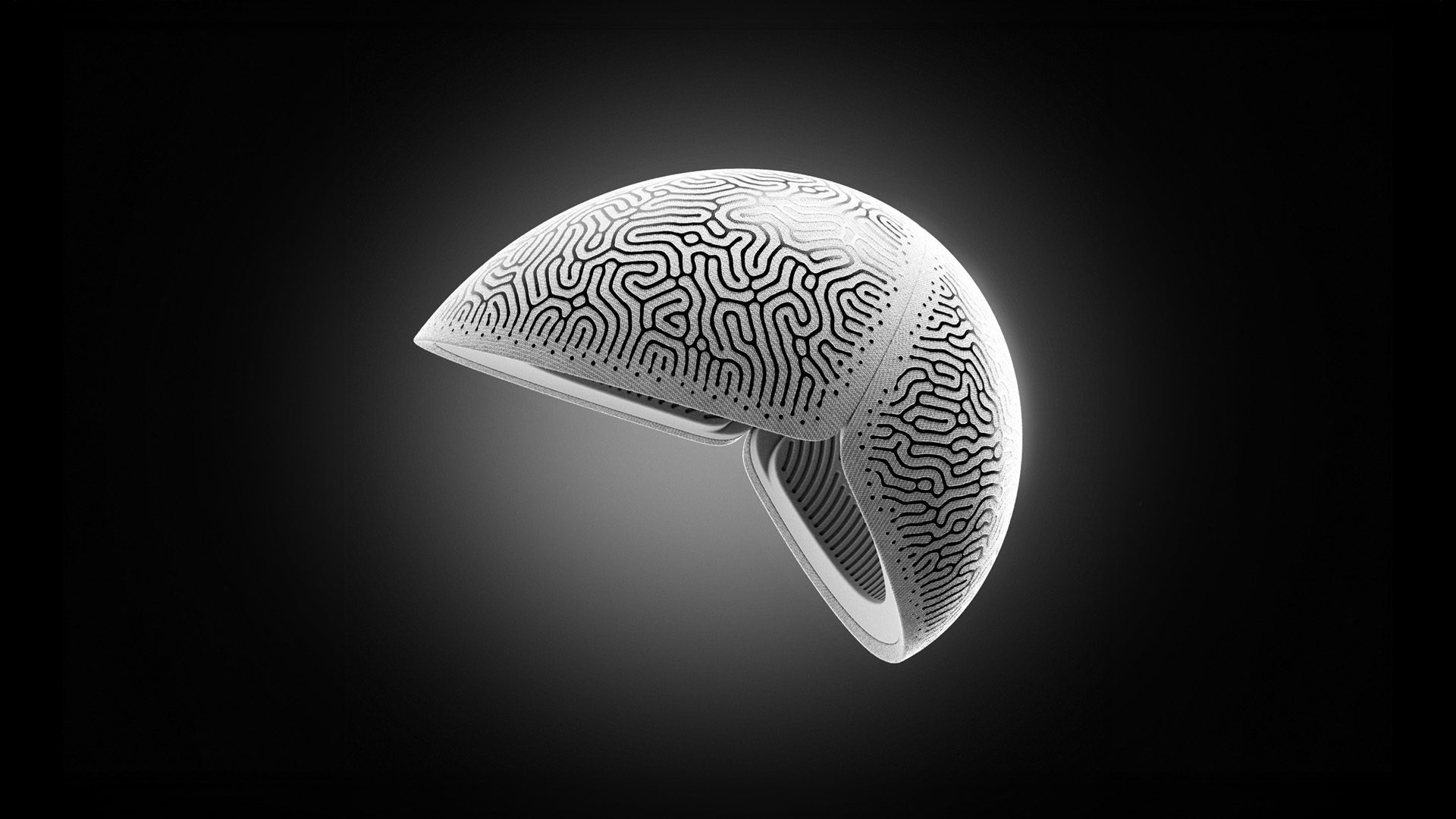
Industrial design students at the University of Houston Gerald D. Hines College of Architecture and Design have broken their own record in this year’s international FIT Sport Design Awards. Nine students won a total of twelve awards, up from six students and awards in 2023. The annual competition calls for both professional and student work, shining a spotlight on designs that are innovative, performance-enhancing, sustainable, and accessible.
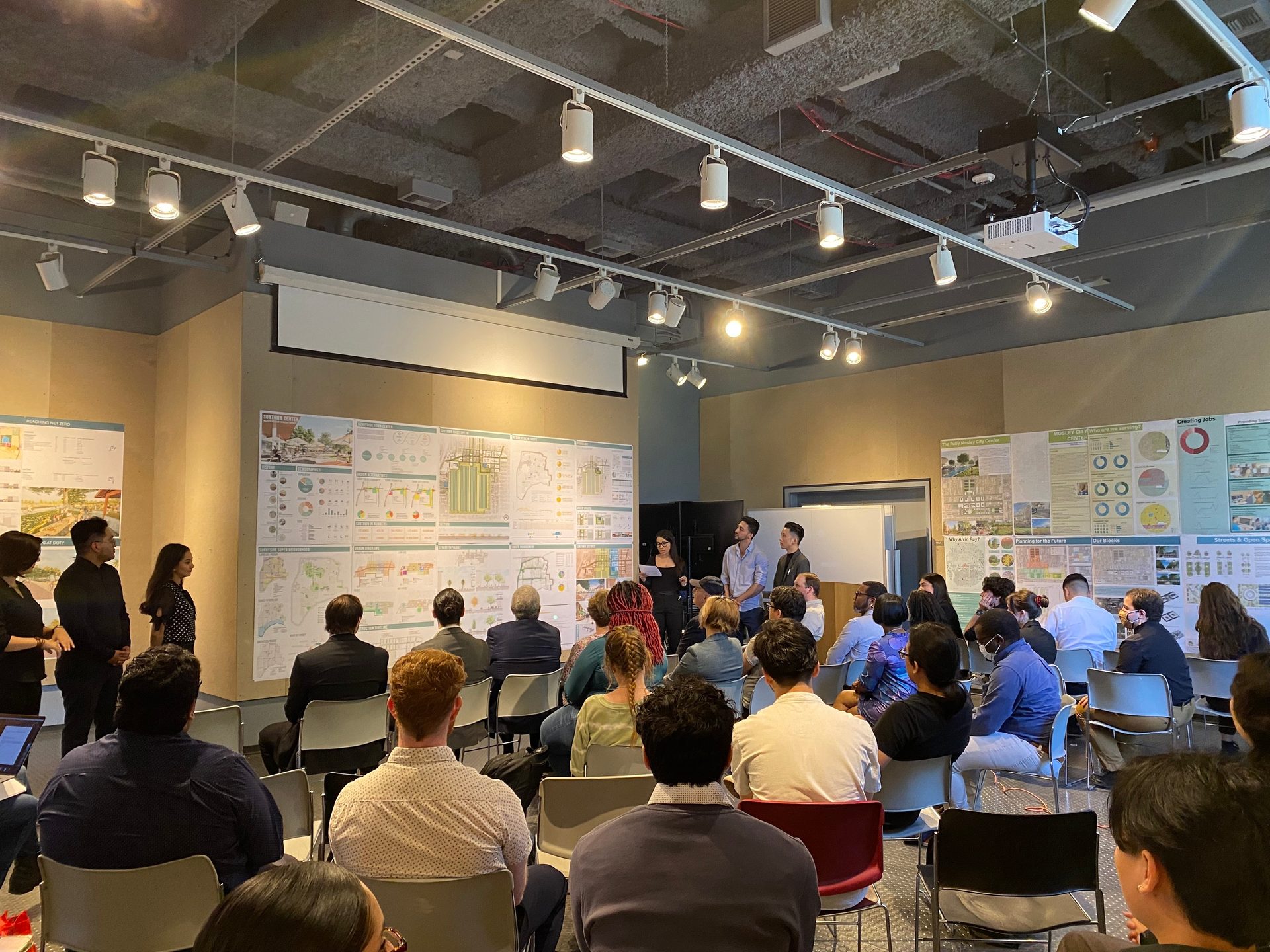
At the Hines College, the QuadZero Studio is training the next generation of climate-conscious architects and designers. Founded in 2016 by Hines College architecture professor Dr. Bruce Race, FAIA, FAICP, the studio has become a crucible for exploring what it truly means to design resilient cities. The name reflects the studio’s core mission: zero greenhouse gas emissions, zero energy waste, zero water waste, and zero landfill waste.
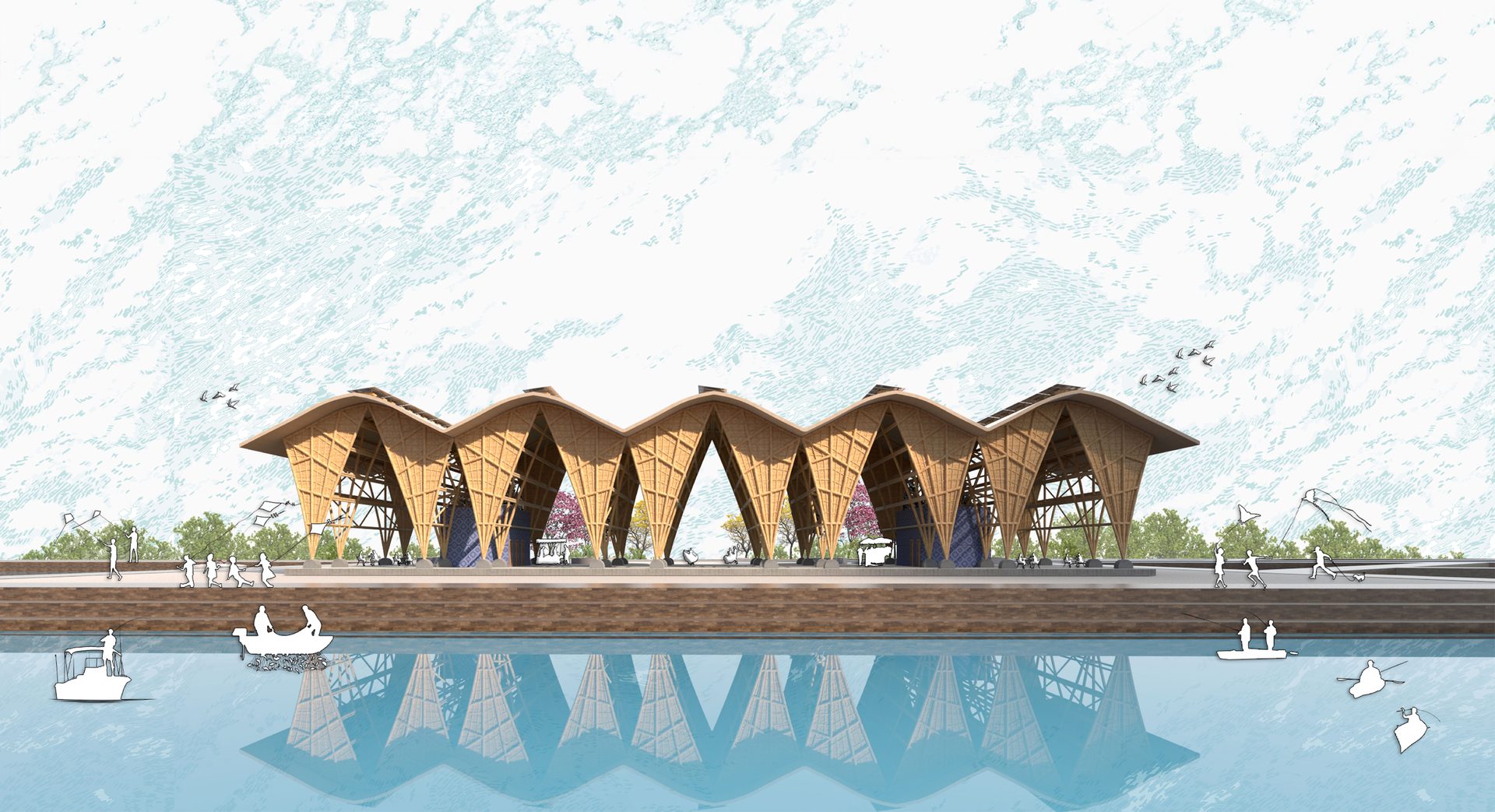
The Hines College continues to shape the future of the Gulf Coast through its investigative Gulf Futures studios, supported by a major grant from the National Academies of Sciences, Engineering, and Medicine (NASEM). Awarded to advance community resilience and adaptation strategies along the Gulf Coast, the grant has catalyzed groundbreaking work by faculty and students, focusing on climate-responsive design, environmental justice, and sustainable infrastructure.




